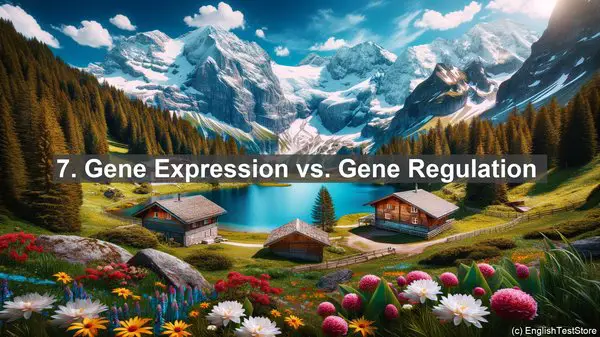Introduction
Embryonic stem cell research is a fascinating field, but it can also be quite complex. One aspect that often trips up researchers and students alike is the abundance of similar-sounding words. In this lesson, we’ll explore the top 10 commonly confused words in embryonic stem cell research, helping you to avoid any misunderstandings and communicate your ideas effectively. Let’s get started!
1. Pluripotent vs. Multipotent
The terms pluripotent and multipotent are often used interchangeably, but they have distinct meanings. Pluripotent cells have the potential to differentiate into any cell type in the body, while multipotent cells can only differentiate into a limited range of cell types. Understanding this difference is crucial when discussing the potential applications of stem cells.
2. Totipotent vs. Pluripotent
Similar to pluripotent cells, totipotent cells also have the ability to differentiate into any cell type. However, totipotent cells have an additional capability: they can give rise to both embryonic and extraembryonic tissues. This key distinction makes totipotent cells especially significant in early development.
3. Differentiation vs. Dedifferentiation
Differentiation refers to the process by which a stem cell becomes specialized into a specific cell type. On the other hand, dedifferentiation is the reverse process, where a specialized cell reverts back to a stem cell-like state. Both processes have important implications in the field of regenerative medicine.
4. Somatic vs. Germ
Somatic cells make up the majority of our body tissues and are not involved in reproduction. In contrast, germ cells are the precursors to eggs and sperm and are responsible for passing genetic information to the next generation. Understanding the distinction between these two types of cells is essential when studying reproductive biology.
5. Homologous vs. Heterologous
Homologous refers to structures or sequences that are similar because they share a common ancestry. Heterologous, on the other hand, describes structures or sequences that are dissimilar. These terms are often used when comparing genes or traits across different species.

6. In Vivo vs. In Vitro
In vivo experiments are conducted within a living organism, while in vitro experiments are performed in a controlled environment outside of a living organism, such as a test tube or a petri dish. Both types of experiments are valuable in stem cell research, but they provide different insights.
7. Gene Expression vs. Gene Regulation
Gene expression refers to the process by which information from a gene is used to create a functional product, such as a protein. Gene regulation, on the other hand, involves the mechanisms that control when and where a gene is expressed. Understanding these processes is crucial for understanding how cells function.
8. Intrinsic vs. Extrinsic
Intrinsic factors are those that originate from within an organism or cell and influence its behavior or development. Extrinsic factors, on the other hand, come from the external environment. Both types of factors play important roles in stem cell fate and behavior.
9. Epigenetics vs. Genetics
Genetics is the study of genes and how they are inherited and expressed. Epigenetics, on the other hand, looks at the heritable changes in gene expression that occur without changes to the underlying DNA sequence. Epigenetic modifications can have profound effects on cell function and development.

10. Ethical vs. Moral
While these terms are often used interchangeably, they have distinct meanings. Ethics refers to a set of principles or values that guide behavior, while morality refers to personal beliefs about what is right or wrong. The ethical considerations surrounding embryonic stem cell research are complex and often involve a range of moral perspectives.
